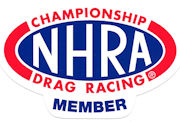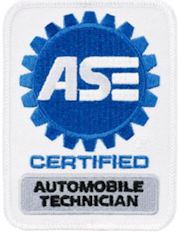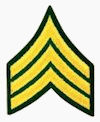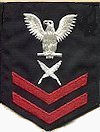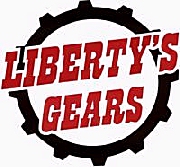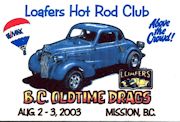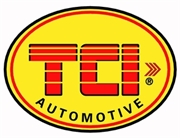With stick cars, they run their quickest when they spin the rear tires a couple of revolutions on the hit as we did on this run. When it dead hooks it looks impressive but you slow down as you pull the motor down on the launch. It is a fine balance of track conditions, clutch pressure & heat, flywheel weight, shock settings and launch RPM to get it just right and not easy to duplicate on every run.
I would like to point out some variables with OUR ’57 and our clutch that today are a bit unique as many have switched to clutchless transmissions.
1) We do not have a data recorder, which is not allowed in Pro Bracket but could be used in the BC Super Shifters races. Undoubtedly a data recorder would be a great tool to monitor clutch slippage & spikes going down the track. (Engine RPM vs driveshaft speed) and is virtually a necessity if you are running a clutchless transmission where you only use the clutch on the launch and need some clutch slippage on the shifts.
2) We use the clutch on every shift and listen for the clutch flaring on the shifts, especially going into high gear – that point in the run is the highest load on our clutch. It is that gear change that dictates our clutch pressure more than on the launch.
3) Our smaller engine with a tunnel ram and very large cam has a very small usable torque curve, thus the use of centrifugal assist (and Ram has confirmed this) would be of limited benefit in our application with a clutch-assisted transmission. With a bigger engine you can leave at a lower RPM and take advantage of the increased torque and centrifugal assist for improved clutch control especially with a clutchless transmission.
4) It is a heavy car, 3633 lbs. with driver which puts additional load on the clutch and entire drive train. – Roger
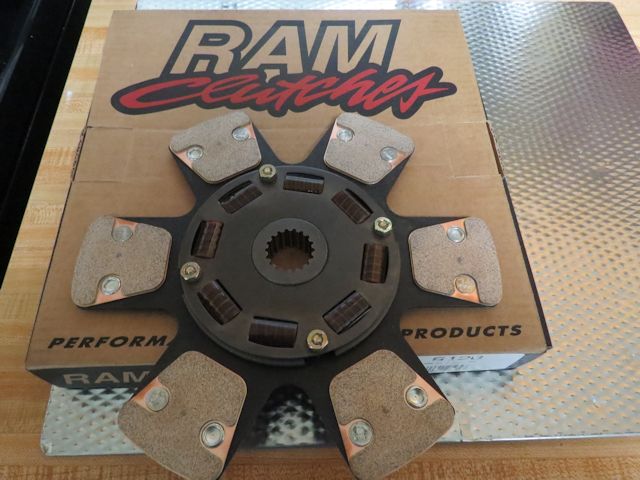
We get about 45 runs on these Ram discs and about 90 runs on their pressure plate in the ’57: They also make this same disc in a solid hub (no springs) which the car loves but it is absolutely BRUTAL on the transmission and rear gears!



